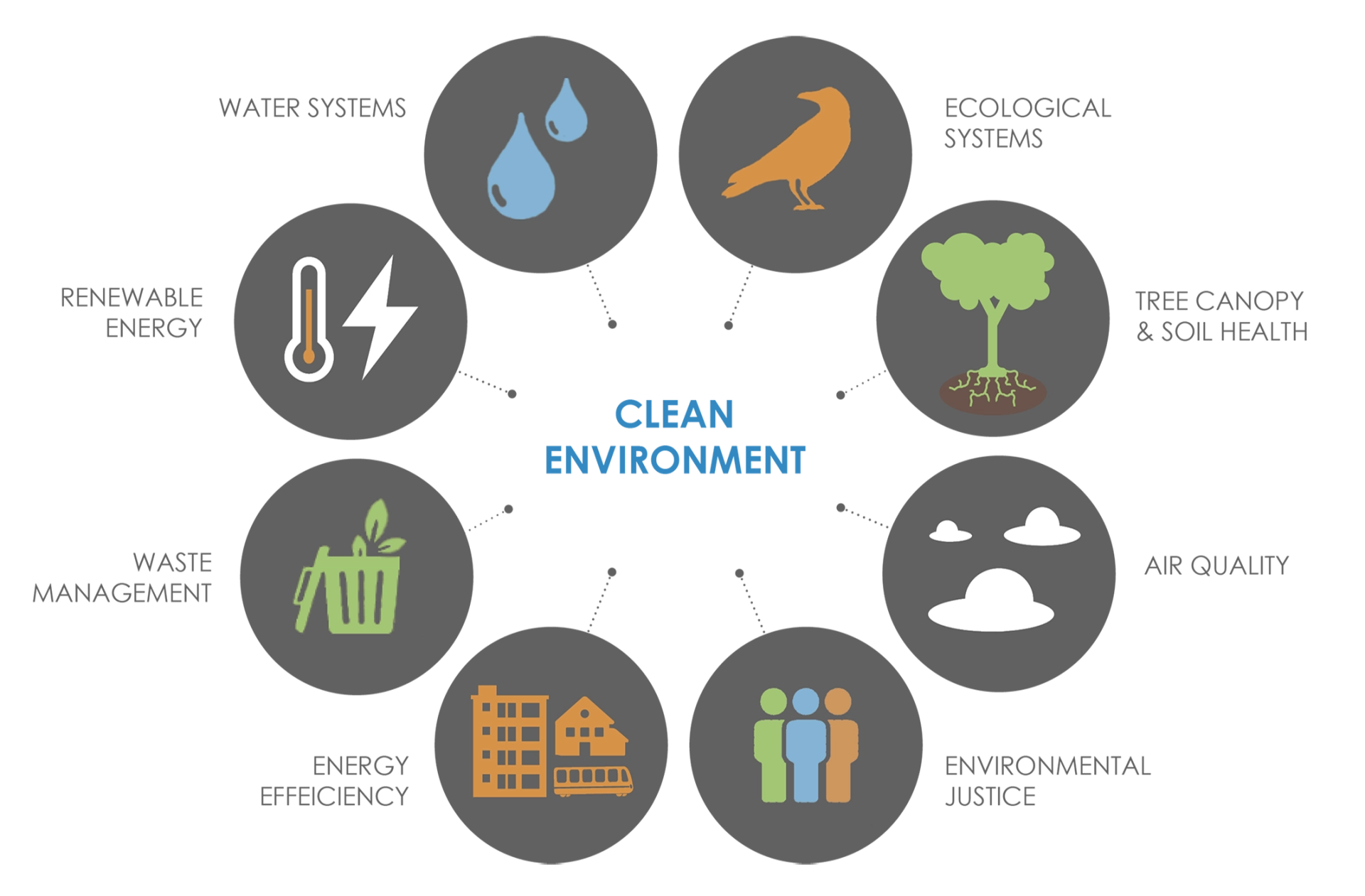The Kyoto Protocol of 1997 and the Paris Agreement of 2015 were international accords that laid out international CO2 emissions goals. With the latter ratified by all but six countries, they have given rise to national emissions targets and the regulations to back them. With these new regulations in force, the pressure on businesses to find ways to reduce their carbon footprint is growing.
JMESPL provides consultation services to ensure your enterprise achieves the Net Zero Carbon criteria within the prescribed parameters by providing creative solutions including but not limited to Carbon Trading and Net Zero Carbon Implementation Plan specifically catered to your enterprise needs.


Gain a comprehensive understanding of the science behind carbon emissions, their practical impacts, and the challenges of climate change.
Explore a range of cutting-edge technologies and practical strategies for mitigating carbon footprint across various industries.
Decipher the intricacies of policy frameworks and international agreements related to net zero goals, ensuring alignment with government mandates.
Master the processes for acquiring Green Credits through initiatives like tree plantation, water conservation, air & waste management, and green development projects.
Learn methodologies for calculating carbon footprints and carbon credits, enabling effective measurement and reporting on environmental impact.
Offsets flow horizontally, trading carbon revenue between companies. When one company removes a unit of carbon from the atmosphere as part of their normal business activity, they can generate a carbon offset. Other companies can then purchase that carbon offset to reduce their own carbon footprint.
Furthermore, with the GOI’s policy of Green Credit Program (GCP) there is a new avenue of environmentally sustainable business introduced to the country. The Green Credit Rules have been notified by the Government of India on 12th October 2023 under the Environment Protection Act, 1986, as mechanism to encourage voluntary plantation activity across the country, resulting in award of Green Credits and to build an inventory of degraded land which can be utilized for Afforestation programs. Green Credits are similarly tradeable to carbon credits.
JMESPL team evaluates the entire product life cycle to determine the level of carbon emissions and focal points to mitigate. This is an extensive study which requires the team to dive into the life cycle assessment of every single product from gate to gate. We utilize the expertise of our elaborate board of advisors to further extrapolate the necessary measures to incorporate in the process to reduce carbon emissions and move towards Net Zero Carbon.
© 2024 J. M. ENVIRO STUDIES PVT. LTD. | ALL RIGHTS RESERVED